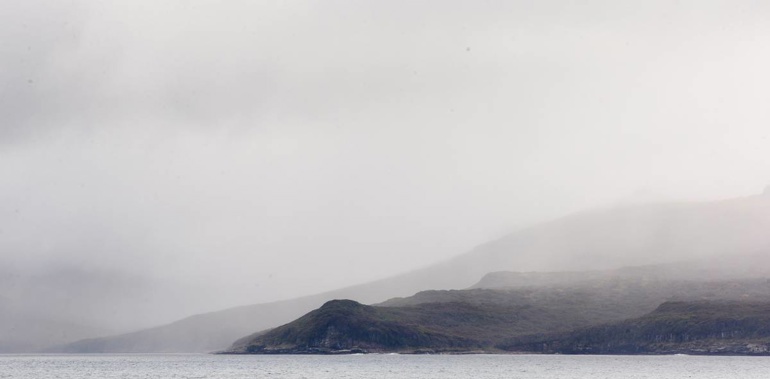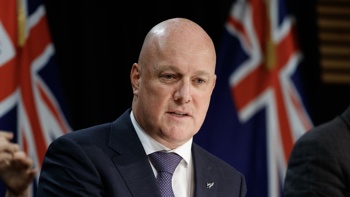/arc-anglerfish-syd-prod-nzme.s3.amazonaws.com/public/YYZZCGLYYVAVFAFT5LPG552WKA.jpg) A bellbird plays in the trees at Erebus Cove, Auckland Island. Photo / Greg Bowker
A bellbird plays in the trees at Erebus Cove, Auckland Island. Photo / Greg Bowker
"Any decision to proceed will require a long-term commitment of resources and effort.
"Early estimates suggest the potential cost of eradication may be in the order of $40m to $50m over eight to 10 years," Sage said.
"The Department of Conservation is working closely with iwi partner Ngāi Tahu and will be seeking other partners to collaborate on the project."
/arc-anglerfish-syd-prod-nzme.s3.amazonaws.com/public/V5SICDP5FZFCXIHTX6ZHGNT5EI.jpg) Conservation Minister Eugenie Sage. Photo / Supplied
Conservation Minister Eugenie Sage. Photo / Supplied
Auckland Island is New Zealand's fifth-largest island, and is the main island of the Auckland Islands. It lies 465km south-southeast off the coast of Bluff, or about a third of the way to Antarctica.
The tussock-covered islands are wind-swept, rugged and mountainous, with steep cliffs and deep valleys.
They have been a World Heritage site since 1998, and are one of the few large land masses in the Southern Ocean. That makes them a critically important breeding ground for seabirds and mammals - wildlife that is being killed by introduced pigs, cats and mice.
The 25 seabirds breeding on the islands include the Auckland Island shag, yellow-eyed penguin and Gibson's and white-capped albatross.
The $2m feasibility fund will come from the Budget 2018 appropriation of $81.3m towards achieving a predator-free New Zealand by 2050.
"Eradicating these pests from New Zealand's fifth-largest island would see Auckland Island become the country's largest pest-free island. It would complete the removal of introduced predators from all of New Zealand's sub-Antarctic islands," Sage said.










